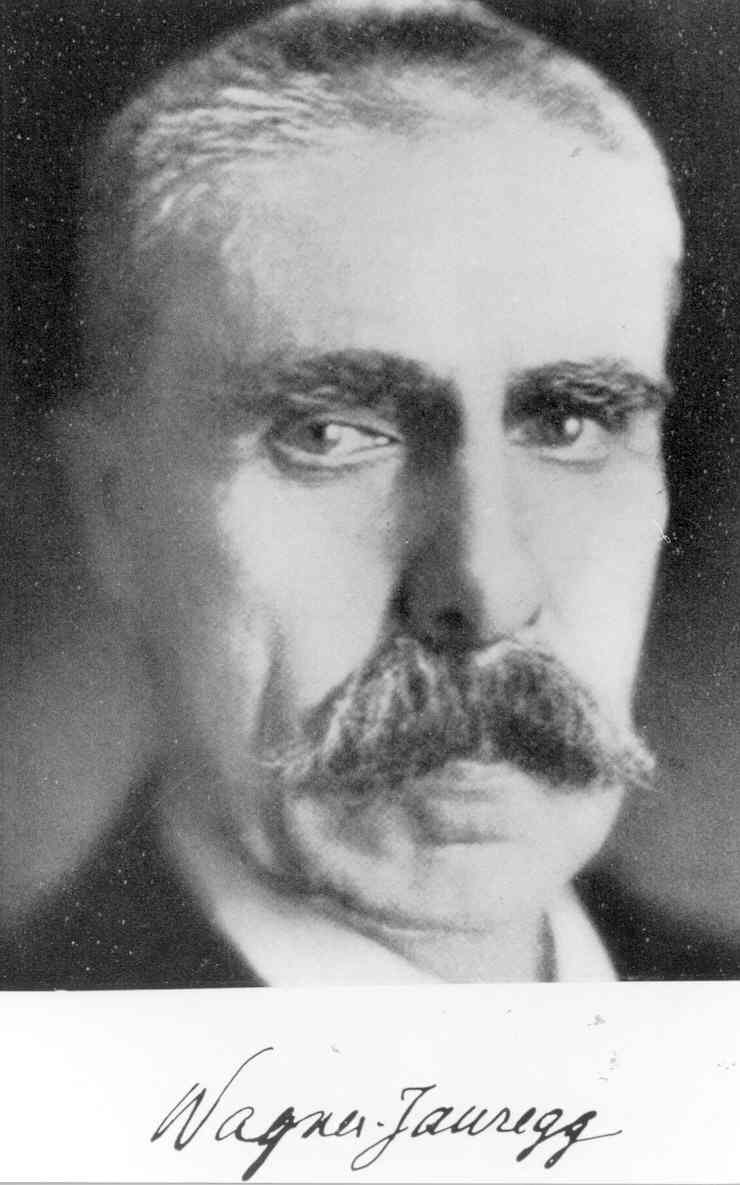
Good morning. You’re back again? Talk about bad luck. What is it this time? A burning sensation, you say? Front side, or back?
Oh, yeah. I had that one too. I think a certain Chargers cornerback from a while ago had it a few times as well – though due to HIPAA regulations, I’ll let you fill in the blanks on that one.
No big deal on this. Here’s a scrip for some penicillin. Here’s another for some Oxys. But go to another pharmacy to pick that one up. Discretion is everything. Also, I think they might be on to me at the first one.
I should warn you – just make sure you’re not drinking while you’re doing the antibiotics. Yeah, it sucks, I know. I’m speaking from experience here – not just from my own training. Hey, just be thankful that we can do it this way – a hundred years ago, you were screwed.
So cheer up – you’ll be good to go again very soon. Oh, and, uh, just lock the door behind you. I’ve got an appointment with these whippet cans over here that’s gonna take a while.

SYPHILIS: IS MALARIOTHERAPY WORSE THAN THE DISEASE?
What are the positives of this treatment?
Ah, syphilis. The revenge of the New World; a response to the horrors of European colonization. Long feared as the most deadly of venereal diseases, syphilis starts as a bacterial infection, passed from lesions on the genitals.
As you may know – though I hope not from firsthand experience – syphilis goes through a number of stages in how it presents symptoms in a patient; in its primary stages, skin lesions on the genitals are common. Secondary symptoms, which can occur between 4 to 10 weeks later, include a rash which is most typically found on the palms of the hands and soles of the feet, though fever, headache, fatigue, weight loss, and sore throats are also common. Syphilis can lay dormant for between 3 to 15 years before progressing to its tertiary stage; the most well-known form, gummatous syphilis, will see patients develop gummas, soft, benign tumor-like growths, which can occur anywhere on the body. Cardiovascular syphilis, which attacks the aorta, can cause aneurysms, while neurosyphilis targets the brain and main arteries in the central nervous system, often resulting in delusions, psychosis, seizures, mood swings, and depression. Congenital syphilis, passed from women to children during pregnancy and birth, often disfigured and sometimes even blinded children as they grew up and matured.
Historically, syphilis was a horrendous way to go, particularly due to its long dormancy period between secondary and tertiary stages – one could easily compare it to Russian roulette. With the advent of penicillin, which was confirmed by clinical trials in 1943 to be an extremely effective cure, syphilis became a notable annoyance, but was, after hundreds of years, no longer a scourge on the world.
For centuries, there wasn’t much that could be done to treat syphilis; those afflicted typically died in great agony. Mercury was sometimes used as a treatment – though typically not very effectively – and, occasionally, guiacum, also known as holy wood, a plant native to the tropical areas of the Americas, was ground into a paste and applied as a salve. It was even more ineffective. One of the few things that did provide any sort of relief was heat – many syphilis patients in the Renaissance were placed in well-heated rooms, often wrapped in heavy blankets, to sweat out some of the more severe symptoms of their illness. But it wasn’t nearly enough.
Arsenic was shown to have some notable effect in treating syphilis, and arsenic-based medications became more common at the turn of the 20th century. However, it required a lot of injections, and also had a lot of negative side effects – for field hospitals in the Great War, arsenic treatments of syphilis required too many resources to be sustainable.

But how could one induce such a high fever in such a short period of time?
Well, why not use malaria for good instead of evil?
What are the negatives of this treatment?
Malaria has a way longer history as an infectious disease than syphilis; it’s been infecting humans and our primate ancestors for millions of years. Transmitted by mosquitoes that carry plasmodium parasites, malaria is typically found in hot tropical and subtropic regions of the earth. It doesn’t kill people in the grotesque, dramatic fashion that syphilis does, but what it lacks in style, it makes up for in efficiency; even in the 21st century, malaria infects close to 200 million people each year, killing over 600,000.
In order to treat malaria, physicians use quinine and its synthetic version, chloroquine. These two alkaloids are believed to work in treatment due to preventing parasites from being able to break down hemoglobin, one of the key proteins that carries oxygen through the body… though researchers are actually still not completely sure how exactly it manages to inhibit the parasites.
Even with a rigorous treatment plan, malaria is a serious, serious problem – and using it to treat syphilis patients was risky. About 15% of syphilis patients treated with malariotherapy ended up dying in the treatment – which is not great, but still way better than being essentially guaranteed death by syphilis. It typically took between 3-4 rounds of extreme fever for a patient to be cured of neurosyphilis, and doctors would use quinine to help manage the effects of malaria on the patient as well.


Despite the clear risk involved in using malariotherapy, some clinical trials in China are underway in figuring out if it could be a suitable treatment for curing HIV/AIDS. (This opinion is not shared by the CDC, unfortunately.)
It is even possible to induce a high fever in a patient through man-made means other than heat; electropyrexia through heated blankets, short-wave radiation, and other artificial methods have been tested on a number of other afflictions, including Parkinson’s, MS, arthritis, asthma, gonorrhea, and more.
How can we improve this treatment for the future?
In order to elevate the patient’s body temperature, malariotherapy is typically performed in a swelteringly hot room with limited airflow, similar to tropical conditions that help to propagate the disease. To me, this sounds very much like a sauna – and therefore, physicians and patients alike should be entitled to some complimentary drink service while they undertake the procedure. Preferably by an attractive, scantily-clad server of their preferred gender.
***
Information for this article taken from here, here, here, here, here, here, here, here, here, here, here, here, here, and here.
In what demented bizzarro world would this be considered a “mistake”?
https://twitter.com/JohnReid64/status/1489336227828535299?t=04_oDH-SEyEsSJPW47ut-Q
https://telenord.it/genova-morte-prete-no-vax-i-parrocchiani-era-un-uomo-straordinario-41514
It’s a good idea to drink gin and tonics on a regular basis to ward off malaria. Why take the chance?
I love a g&t on a hot day. But I prefer lemon over lime.
That really is an unfortunate moustache choice up there.
Maybe it was a popular style before…. you know who.
Voldemort never had a moustache, silly!
Or any other hair! Or a nose!
Or a kid with Bellatrix, no matter what that play says.
Given the additional context, I don’t think you can say you did Nazi that coming
Too easy. That joke was sitting Reich there.